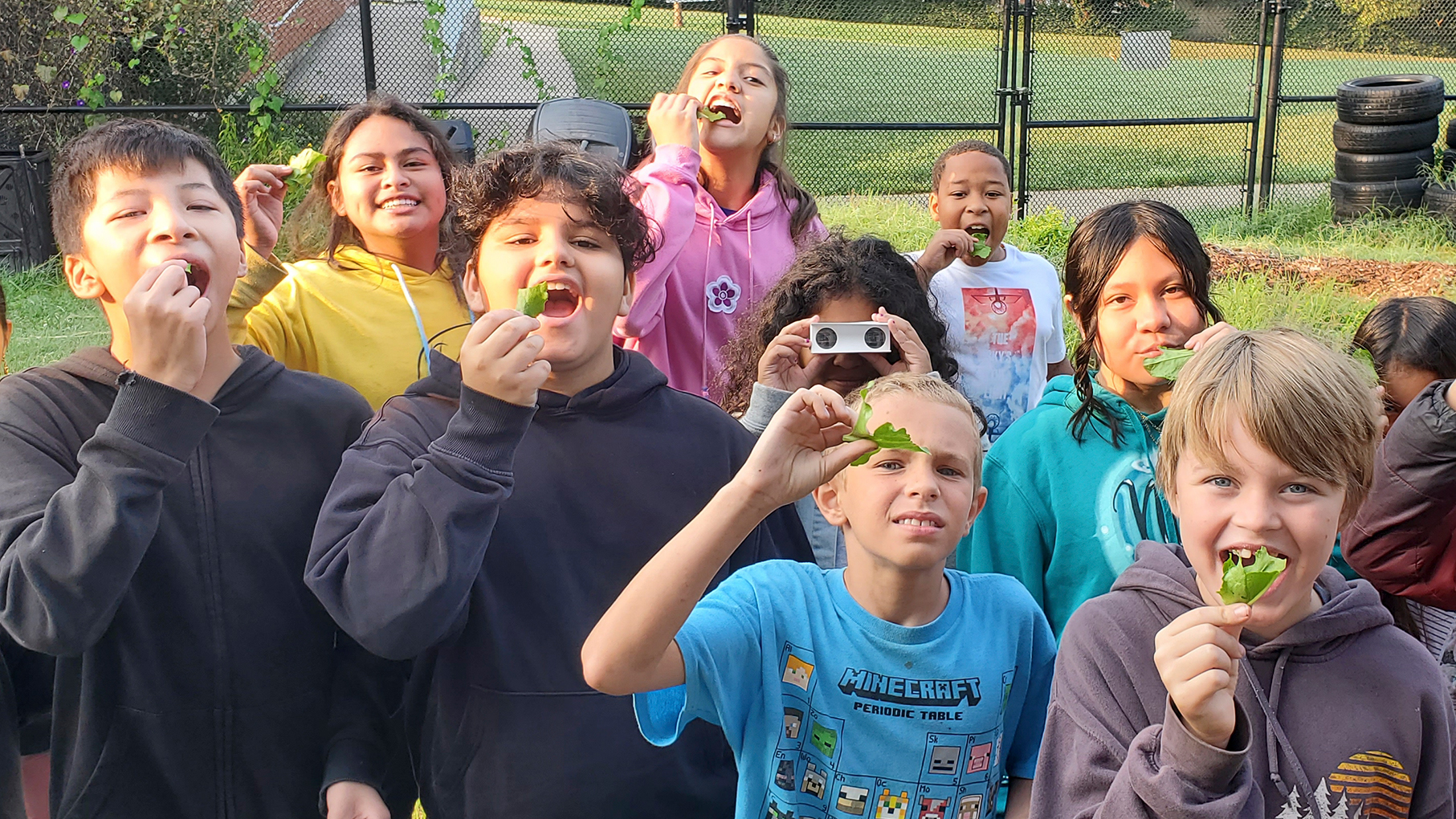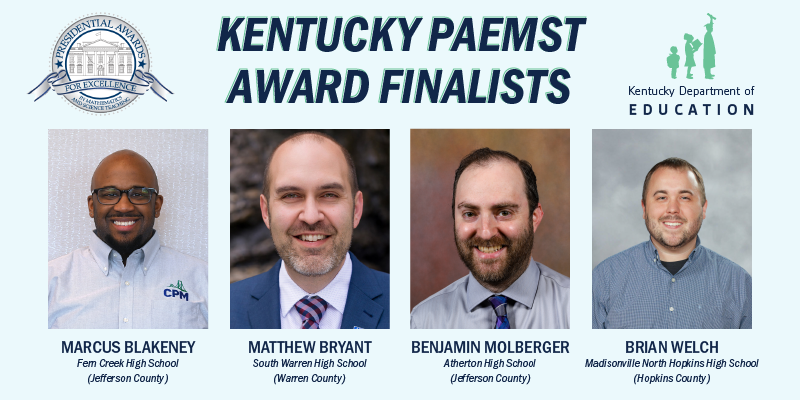By Ashley Richards Best and Amanda Fuller
Scientists from the Kentucky Academy of Science (KAS) will regularly bring you ideas and resources for practicing science in your classroom. The Kentucky Academy of Science is a scientific society with more than 3,300 member scientists and students around the Commonwealth, in all disciplines – from agriculture to chemistry, engineering, biology, Earth science and physics. KAS is working on ways to connect teachers with science “coaches” – so please get in touch with us if you would like to connect to a scientist near you or get your burning questions answered at www.kyscience.org.
Be a Forest Firebrand
Forest fires ravaged Alberta, Canada, throughout May, causing the evacuation of more than 100,000 people from Fort McMurray and surrounding areas. In Kentucky, more than 17,500 acres of forest have burned since the end of April. This is a small number compared to the amount of land that was affected by the fires in Canada. About 50 times more land burned in the Fort McMurray fire than has burned in Kentucky this year.
One key factor in the fight against forest fires is education. Understanding how your actions impact the environment could prevent accidental fires caused by campfires, smoking and equipment, or prevent others from considering acts of arson. The effects of climate change are already impacting our forests due to dryer weather; fire seasons are lengthening and fires are becoming more frequent in many zones that are prone to wildfires.
Fires are integral for life and diversity in some biomes. This is why we allow for some controlled burning of forests and grasslands. Boreal forests – characterized by consisting mostly of pines, larches and spruces – have evolved and adapted to fire. Fires clear the forest ground for new growth. The cones of these trees are durable enough to persist until the next fire comes, when the heat from the flames melts the sap and releases the seeds within the cone. In Kentucky, our grasslands in the western part of the state are similarly adapted to regular fires.
However, most Kentucky wildfires are started by humans and are not the result of planned and controlled burning. Fire prevention is important for protecting the overall health of our natural and built communities. Starting this conversation with young children about forest fire safety is key to preventing accidents.
For this activity, consider talking to your local fire station about having a firefighter join in on the class discussion and activities.
Grade level: 1-4
Materials: Have several sets of materials for each small group: glass bottle, a rock, a wrench, a coin, a T-shirt, pine cone, cotton ball, piece of paper, wood, pine needles, cardboard, paper, a leaf, dried grass, bottle cap and candy wrapper.
Many of these item can be substituted with other similar items, but it is important to include only items found in the forest. If you can collect multiples of these items, then students can work in small groups.
Activity: Have students sort the materials into two piles: “Will burn” and “Won’t burn.” If students are working in small groups, have the groups compare their answers. Talk about any objects that are out of place. What characteristics or properties do the materials have in common in each pile (other than they will or won’t burn)?
Ask students to identify a common theme to the items that will burn. Almost all of these items are found in a forest or made from materials found in a forest. Many things in a forest burn, which leads to fires burning hot and spreading easily. What are these items made of that we know will burn?
Ask the students about the T-shirt. Do they think other items of clothing would burn? What should you do if your clothes catch fire? Don’t try this at home. A video of different textiles flammability is available here.
Introduce a piece of steel wool to the collection. Do they think that it will burn? Why or why not? Ask them to defend their arguments why or why not. We might be surprised about the answer; watch this video about metals and flammability here.
How would you design a house to be safe in a place that is subject to wildfires? What would the house look like? What would it be made of? What would it be like on the inside? On the outside? Around the yard?
Kentucky Science and Engineering Practices addressed by this activity:
- Practice 1 – Asking questions and defining problems
- Practice 5 – Constructing explanations and designing solutions
- Practice 6 – Engaging in argument from evidence
Kentucky Academic Standards for Science Crosscutting Concepts:
- Patterns – Observed patterns of forms and events guide organization and classification, and they prompt questions about relationships and the factors that influence them. (Scientists use data collected from previous fires, along with information about weather and climate, to determine a pattern of occurrence and predict when fires could occur and how active fires will move across the terrain. Although, it isn’t always an exact science; fires can be quite unpredictable).
- Cause and effect – Events have causes, sometimes simple, sometimes multifaceted. A major activity of science is investigating and explaining causal relationships and the mechanisms by which they are mediated. Such mechanisms can be tested across given contexts and used to predict and explain events in new contexts. (Our actions can directly impact the healthiness of our forests. If we are careless and leave fires burning, throw burning cigarettes out, light fireworks, etc., then we are endangering the forest.)
- Scale, proportion and quantity – In considering phenomena, it is critical to recognize what is relevant at different measures of size, time and energy and to recognize how changes in scale, proportion or quantity affect a system’s structure or performance. (A cast iron skillet does not burn, but steel wool will. Rusting is the same chemical process as burning, but happens very slowly.)
Disciplinary core ideas that can be connected to this activity:
- PS1.A – Structure and Properties of Matter: How can the material in the forest (or other plant material) be used in different objects? Think papers, T-shirts, houses, etc. Do materials that come from the forest and objects made from forest materials share similar properties? Do they retain their ability to burn?
- PS1.B – Chemical Reactions: Is the reaction between the wood and the fire a reversible reaction or not? What is the difference between burning and melting? Is melting also a chemical reaction?
- LS2.C – Ecosystem Dynamics, Functioning and Resilience: A forest fire causes drastic changes to the ecosystem. How would a fire change the availability of resources? How could it benefit some species? How could this harm some species?
- LS4.B – Natural Selection: Thinking about the heat-resistant pine cones, how does this provide an advantage over other plants? What would happen if some of the trees of the same species dropped cones that were not heat resistant? Would that trait be selected for or against?
- LS4.C – Adaptation: What adaptations could allow plants and animals to survive a forest fire?
- LS4.D – Biodiversity and Humans: Humans not only alter habitats by living there, but also through other means. How does human activity – and what type activity – effect our forests?
- ESS2.D – Weather and Climate: How does weather effect forest fires? If it is windy, what effect would that have on the fire? If there has been little rain, how would that effect the potential for forest fires?
- ESS3B – Natural Hazards: How does severe weather increase the chances of a forest fire? What types of conditions could cause a fire? What types of conditions could increase the fire damage or help spread the fire? Could other types of weather help stop the fire? Ask students if they think that we are able to predict and forecast fires, like other types of weather.
- ESS3.C – Human Impacts on Earth Systems: How can we as a species, better live in harmony with our forests (or other habitats) and their inhabitants?
- ESS3.D – Global Climate Change: What human actions have an impact on our forest ecosystem? What types of changes do we, as humans, cause? What do you think are some of the most destructive things we do to forests or other habitats?
Ashley Richards Best is a third year doctoral student and National Science Foundation graduate research fellow at the University of Louisville and Amanda Fuller is executive director of the Kentucky Academy of Science.



Leave A Comment